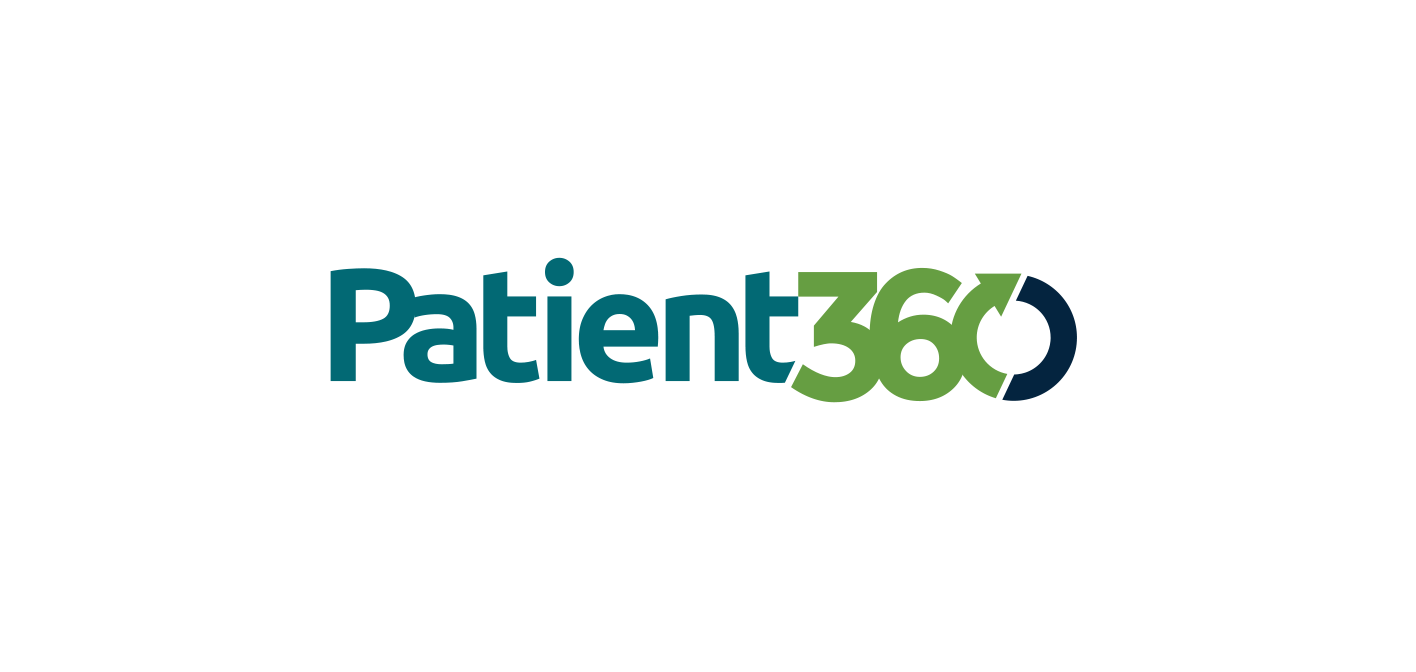This post was published by Amanda Lord, COO & Operating Partner of Patient360
The 2021 Quality Payment Program Final Rule has been released! This is typically a governmentally dense read. So, if you prefer “cheat sheets,” there are some useful resources available that make comparisons and have tables conveying basic updates to be well prepared for the 2021 Quality Payment Program.
In short, 2021 brings mostly what was expected with MIPS requirements being very manageable. There are a few minor changes in terms of point allocation and category scoring percentages, but not much else has changed for 2021 MIPS reporting. There is also detail regarding a number of updates for APM Performance Pathway (APP) reporting and the future MIPS Value Pathway (MVP) program, which has been pushed to 2022. Below is a quick bullet list from the CMS Fact Sheet:
- The minimum performance threshold is now 60 points; i.e., 60 points is the minimum score to avoid penalty/negative payment adjustment. This 15 point bump up from 2020’s 45 points means elevated performance is necessary to avoid negative payment adjustment, especially in a budget neutral program.
- The 85 points needed for exceptional performance remains, but 2021will be the last year CMS affords exceptional bonuses.
- The Quality performance category is worth 40 points — down slightly from 2020’s 45 point ceiling.
- The Cost performance category is up to 20 points from 2020’s 15 point max.
- The Promoting Interoperability (PI) category and Improvement Activities remain like 2020, at 25 and 15 points, respectively.
- The PI category may be “re-weighted” if a EIN/TIN typically completes a hardship application or receives a category reweight for the PI category. NOTE: if a EIN/TIN has applicable cost measures but no PI measures, then the quality category will be “re-weighted” to 65% cap vs. 2020’s 70%. See the Final Rule page 1298 for a table with further detail.

The minimum threshold for data completeness, while unchanged from 2020, continues to receive attention. As part of the 2021 Final Rule, clinicians must continue to submit greater than 70% of their patient encounters for each measure instead of 2019’s more lenient 60% requirement. Despite constant chatter bemoaning the perpetual elevated requirement, expect the rise to continue as CMS works to mitigate patient and measure “cherry picking.” CMS is essentially compelling providers to report as much data as able for each quality measure vs. only the “best” data. CMS is focused on the spirit of the program (i.e., improve overall quality of care) vs. demonstrating elevated performance on only a subset of patients.
Another nuanced change is CMS officially codifying registry obligation to conduct randomized audits throughout the reporting year vs. just prior to the end of the reporting season/performance period. Registries are charged with eliminating erroneous data before it reaches CMS. “Detect and correct” is the standing compliance
mantra! “Conducting the data validation prior to data submission will lead to data being more reliable and promote compliance with the requirement of data being true, accurate, and complete. In the CY 2017 Quality Payment Program final rule, we described this auditing using the term randomized audit.” 1 These audits are a validation process that protect Patient360 clients and keep Patient360 in good standing with CMS. If interested in learning more, refer to a previous blog about the importance of the auditing process to maintain data integrity and best practices.
Presented as part of the 2020 Final Rule, the MIPS Value Pathways (MVPs) program continues to receive COVID-related delays. MVPs will be officially launched in 2022 and require providers to report on a smaller set of measures. Theoretically, by limiting the volume of measures, CMS will be able to effect change more broadly. Based on Patient360 learning and conversations with CMS, these changes aren’t going to be made in a vacuum. CMS always seeks stakeholder feedback/comment on programs. CMS in the coming weeks is hosting multiple MVP Development Kick-Off Webinars. All stakeholders are encouraged to attend. Also, know the sunsetting of Web Interface collection and submission has also been delayed till 2022.
New and Retired Measures
If it seems tedious perusing dozens of appendices at the end of the Final Rule to learn which measures were retired or changed for 2021, read on. Start on page 1999 TABLE Group C: Previously Finalized Quality Measures Finalized for Removal:
- Retired Measures: 11 in total (i.e., 069, 146, 333, 348, 390, 408, 412, 414, 435, 437, 458)
- Possible Measures to retire in the future: Measures that “might” be retired in the future (were proposed to retire, but decision was reversed for 2021 based on comments): 024, 048*, & 337
- Added Measures: 2 new administrative claims outcome measures
- Measures with substantive changes: These still exist, but important updates such as changes in value sets, numerator and denominator requirements, measure intent, telehealth encounters etc.) TABLE Group D: Previously Finalized Quality Measures with Substantive Changes page 2014.
*Retired for claims, but keeping for CQM collection type.
| Telehealth added | Telehealth exclusion added | Telehealth removed | Other Overall Changes |
|---|---|---|---|
| 005, 006, 007, 008, 093, 110, 137, 143, 176, 178, 180, 243, 265, 268, 277, 279, 282, 283, 286, 288, 290, 291, 293, 326, 331, 332, 370, 374, 386, 387, 400, 410, 431 | 451, 452, 453, 455, 457, 464 | 317, 476 | 001, 012, 014, 019, 047, 052, 065, 066, 107, 112, 113, 116, 117, 118, 119, 126, 127, 128, 130, 134, 141, 144, 145, 147, 181, 182, 191, 195, 217, 218, 219, 220, 221, 222, 226, 236, 238, 281, 305, 309, 318, 335, 336, 364, 377, 378, 379, 382, 383, 391, 394, 305, 405, 415, 416, 418, 419, 438, 439, 444, 450, 459, 460, 461, 462, 468, 469, 470, 471, 473, 478 |


Comments are closed